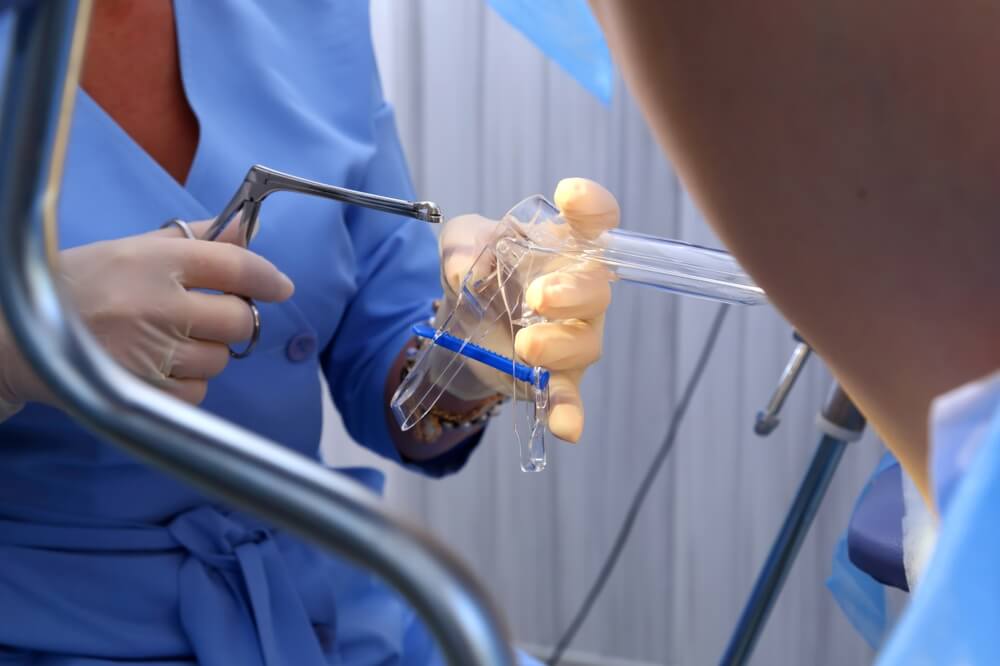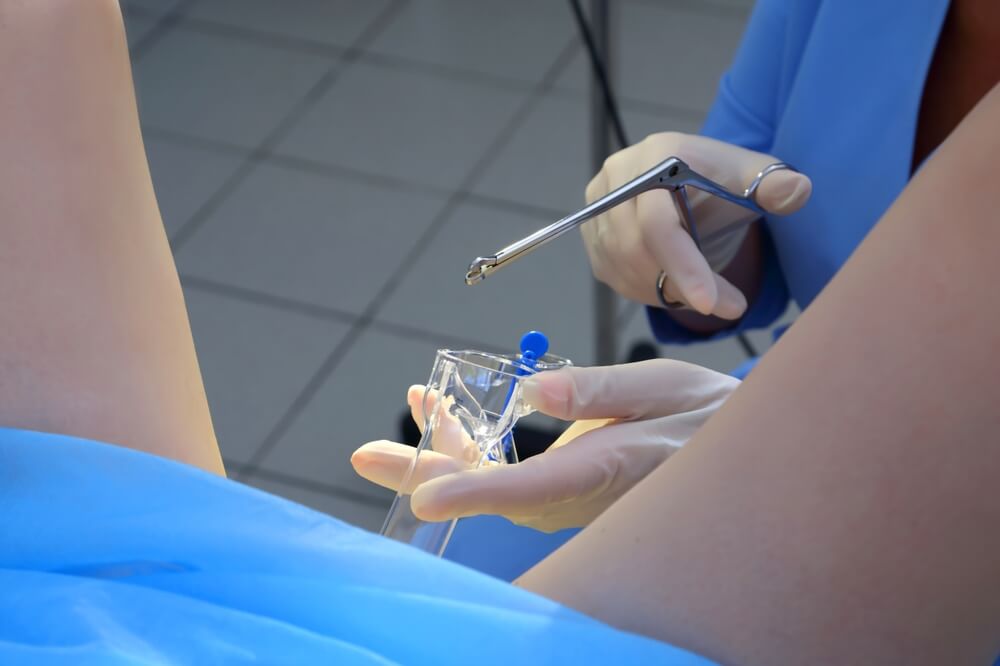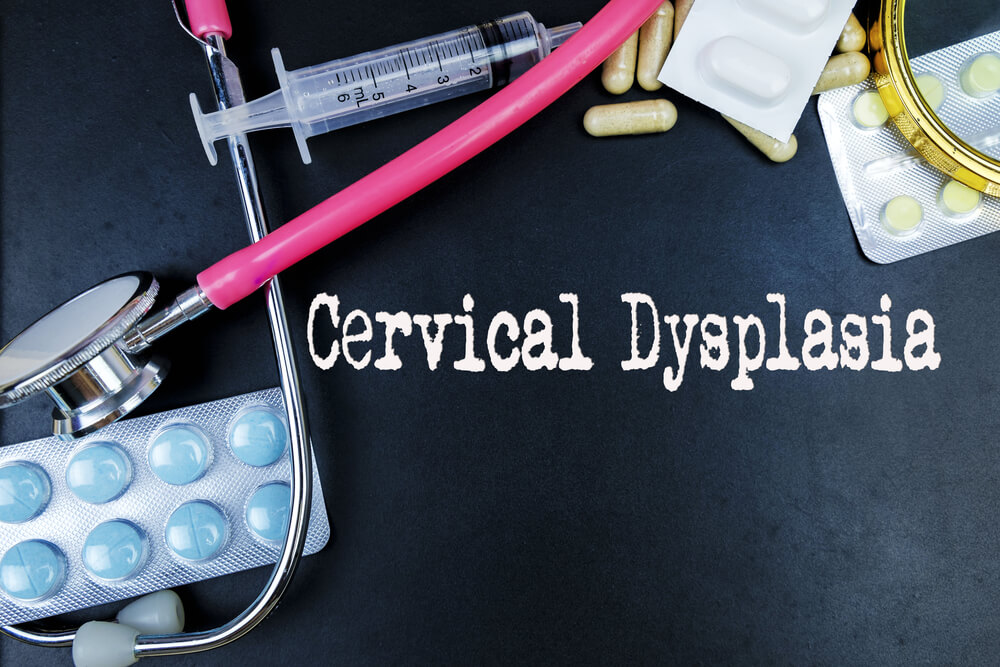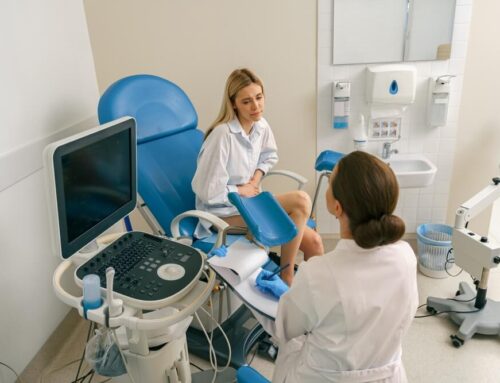What is Cervical Dysplasia?
Cervical dysplasia is a term that often surfaces during discussions about women’s health, but what does it really mean, and why is it essential for every woman to be informed? In this comprehensive guide, the team at Fern F. Taisenchoy-Bent, MD LLC will delve into the intricacies of cervical dysplasia, covering everything from its definition to treatment options and the significance of early detection.
Understanding Cervical Dysplasia

Cervical dysplasia refers to abnormal changes in the cells on the cervix’s surface, the lower part of the uterus that connects to the vagina. These changes are often detected through a Pap smear or HPV test. But what exactly causes cervical dysplasia?
The majority of cervical dysplasia cases are linked to persistent infection with high-risk types of the human papillomavirus (HPV). HPV is a sexually transmitted infection that can affect the genital area, including the cervix. It’s important to note that not all HPV infections lead to cervical dysplasia, but certain types of the virus are recognized as precursors to these abnormal cell changes.
Deciphering the Stages: Cervical Intraepithelial Neoplasia (CIN)
To further understand cervical dysplasia, we encounter the term Cervical Intraepithelial Neoplasia (CIN), a classification system that categorizes the severity of abnormal cell changes. CIN is graded on a scale of 1 to 3:
- CIN 1: Mild dysplasia, where abnormal cells are present but often resolve on their own.
- CIN 2: Moderate dysplasia, indicating a more significant abnormality.
- CIN 3: Severe dysplasia or carcinoma in situ points to precancerous cells in the cervix and needs to be addressed further immediately.
These classifications help guide healthcare professionals in determining the appropriate course of action for treatment.
Early Detection and Screening: The Role of Pap Smears and HPV Tests
Regular screenings are crucial for early detection of cervical dysplasia. Pap smears, also known as Pap tests, involve collecting cells from the cervix to examine for abnormalities. That said, CIN is among those things that can cause an abnormal pap smear. Additionally, HPV tests check for the presence of high-risk HPV types. The combination of these screenings enhances the chances of identifying cervical dysplasia in its early stages.
Addressing Cervical Dysplasia Treatment Options
Upon receiving a diagnosis of cervical dysplasia, the subsequent steps involve a careful consideration of suitable treatment options. The choice of intervention is intricately linked to the severity of the dysplasia, ensuring that the selected method aligns with the individual’s health status and the extent of abnormal cellular changes. Here are key cervical dysplasia treatment avenues that healthcare providers may explore:
Watchful Waiting
For cases of mild dysplasia, often categorized as Cervical Intraepithelial Neoplasia 1 (CIN 1), a healthcare provider may opt for a strategy known as watchful waiting. This approach involves closely monitoring the changes in the cervix over time to determine if the abnormalities resolve on their own. This cautious observation allows healthcare professionals to gauge the natural progression of the dysplasia and intervene if necessary.
Loop Electrosurgical Excision Procedure (LEEP)
When the dysplasia progresses beyond a mild stage, a common procedure employed is the Loop Electrosurgical Excision Procedure (LEEP). During LEEP, abnormal tissue is removed using a thin wire loop that carries an electrical current. This outpatient procedure is particularly effective for addressing more advanced dysplasia, providing a targeted and precise method of excising abnormal cells.
Cryotherapy
Cryotherapy stands as an alternative treatment, especially suitable for less severe cases of dysplasia. In this procedure, abnormal cells are frozen, disrupting their growth and prompting the body’s natural immune response to eliminate them. Cryotherapy is a minimally invasive approach that offers a relatively simple and effective means of addressing cervical dysplasia.
Conization
In instances where severe dysplasia, categorized as Cervical Intraepithelial Neoplasia 3 (CIN 3), is diagnosed, or when abnormalities extend deeper into the cervix, a more extensive procedure known as conization may be recommended. Conization involves the removal of a cone-shaped piece of tissue from the cervix. This method allows for a comprehensive examination of the affected area and is particularly useful for cases where a more targeted approach is necessary.
Laser Therapy
Laser therapy is another modality that may be considered for treating cervical dysplasia. In this procedure, a laser is used to remove or vaporize abnormal cells precisely. Laser therapy is often chosen for its precision and ability to minimize damage to surrounding healthy tissue.
The Importance of Follow-Up Care: Monitoring and Prevention
Post-treatment care for cervical dysplasia is a critical phase in ensuring a woman’s ongoing reproductive health. Following any intervention, whether it’s watchful waiting, a minimally invasive procedure, or a more extensive surgical approach, regular follow-up care becomes paramount. This phase is designed not only to monitor the efficacy of the treatment but also to promptly address any potential recurrence or the emergence of new abnormalities.
Monitoring for Recurrence
Regular check-ups, typically scheduled by healthcare providers, allow for a comprehensive assessment of the cervix’s health post-treatment. Through Pap smears and possibly HPV tests, these appointments provide a vigilant eye on the cervical tissue, ensuring that any signs of recurrence or new abnormalities are detected early. Early identification is crucial as it allows for timely intervention, preventing the progression of cervical dysplasia to a more advanced stage.
Promoting Healthy Practices
Beyond clinical follow-up, women play a pivotal role in maintaining their cervical health through proactive lifestyle choices. Practices that contribute to overall well-being also have a positive impact on cervical health. Here are key aspects to consider:
Safe Sex Practices
Practicing safe sex remains integral in preventing not only cervical dysplasia but also other sexually transmitted infections. The consistent and correct use of barrier methods, such as condoms, reduces the risk of exposure to HPV and other pathogens.
Tobacco Cessation
Smoking has been identified as a risk factor for cervical dysplasia and the progression to cervical cancer. Quitting smoking is not only beneficial for respiratory health but also significantly contributes to reducing the risk of cervical abnormalities.
HPV Vaccination
For those who haven’t been exposed to certain high-risk HPV types, vaccination offers an additional layer of protection against cervical dysplasia. The HPV vaccine, typically administered during adolescence, protects against the most common high-risk strains associated with cervical cancer. However, it’s important to note that the vaccine is most effective when administered before any sexual activity begins.
Holistic Health Approaches

Adopting a holistic approach to health can also play a role in preventing cervical dysplasia. This includes maintaining a well-balanced diet rich in fruits, vegetables, and antioxidants, as nutrition contributes to overall immune system strength. Additionally, managing stress through practices such as yoga, meditation, or mindfulness can positively impact the body’s ability to combat infections and maintain cellular health.
If You Have Any Concerns
Cervical dysplasia is a common occurrence, but with advancements in screening and treatment, its impact on women’s health can be minimized. By staying informed about cervical dysplasia, its causes, and available treatments, women can actively participate in their reproductive health, making informed decisions that contribute to early detection and effective management. Regular screenings and open communication with healthcare providers play pivotal roles in this journey toward cervical health and well-being.
That said, if you wish to learn more about the condition from a compassionate female gynecology specialist in Margate, Florida, schedule an appointment with us today.










